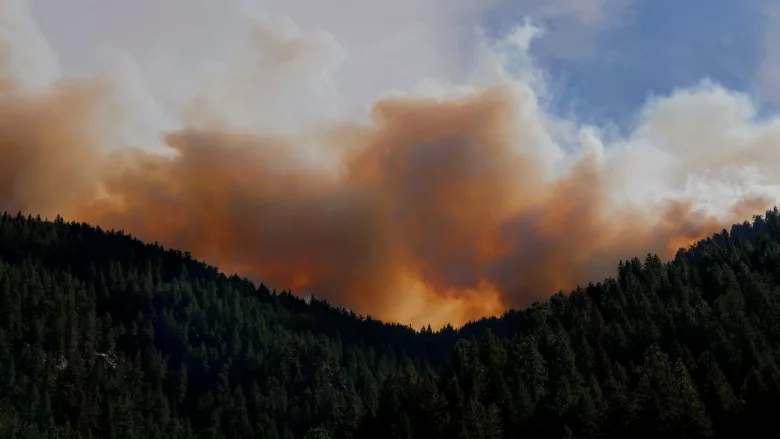OSHA updates worker safety plan for poor air quality

Image via Unsplash
Due to wildfires in Canada causing smoke to take over the northeastern parts of the U.S., the Occupational Safety and Health Administration (OSHA) has offered additional information to protect outdoor workers. The most significant hazard from wildfire smoke is exposure to particulate matter, tiny particles of partially burned material less than 2.5 micrometers in diameter, that can enter the lungs and even the bloodstream and is linked to serious health problems, including lung, heart and kidney disease.
Workers exposed to smoke-polluted air may experience heat stress, eye and respiratory tract irritation, and suffer from exposure to other respiratory hazards caused by hazardous substances such as heavy metals entering the atmosphere. Employers should prepare for and plan to implement procedures to reduce exposures to smoke when necessary.
Protective measures to reduce smoke exposure for outdoor workers can include:
- Frequent monitoring of air quality conditions.
- Relocating or rescheduling work tasks to smoke-free areas.
- Reducing levels of physical activity, especially strenuous and heavy work.
- Requiring and encouraging workers to take breaks in smoke-free places when possible.
- When possible, making accommodations for employees to work inside with proper HVAC systems and high efficiency air filters.
- Providing or allowing the use of NIOSH-approved respirators for voluntary use, when not otherwise required. When allowing respirators for voluntary use, employers must provide employees with the advisory information in Appendix D of OSHA’s Respirator Protection Standard.
Looking for a reprint of this article?
From high-res PDFs to custom plaques, order your copy today!



.webp?height=200&t=1689366976&width=200)


